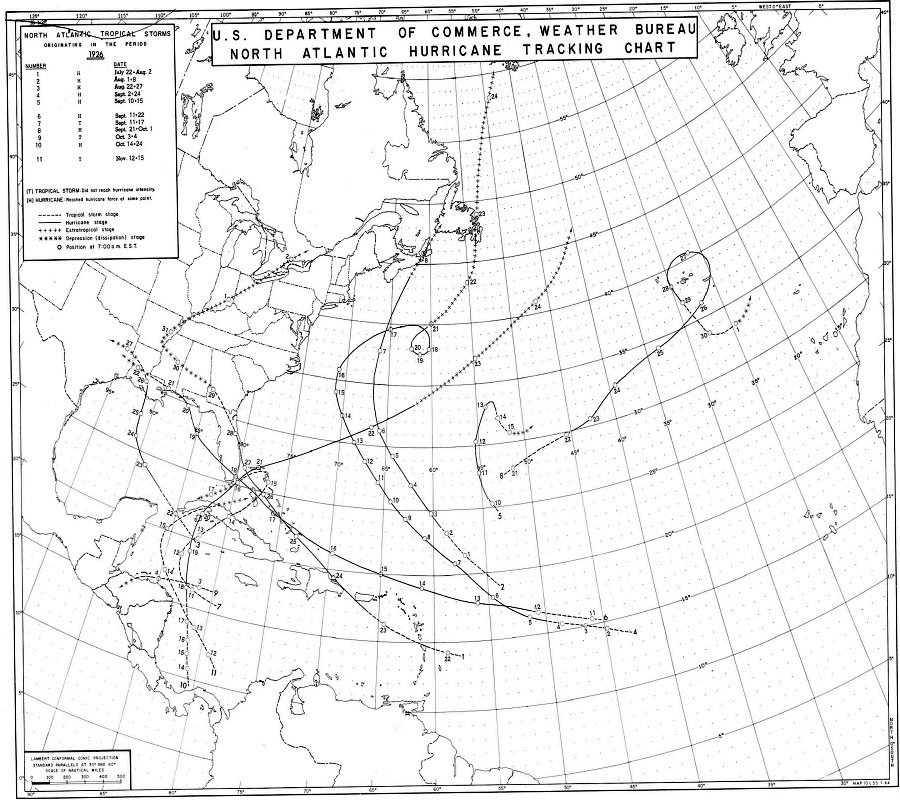
Hurricane warning flag used in the United StatesĪ hurricane warning program was established in 1935 and established regional offices in Jacksonville, Florida, Washington, D.C., San Juan, Puerto Rico, and New Orleans, Louisiana. Despite the issuance of hurricane watches and warnings, forecasting the path of tropical cyclones did not occur until 1920. The first report from a hurricane was received in 1909, with the total of radio reports rising to 21,000 per hurricane season in 1935. The use of radio by shipping, which began in 1905, added significantly more information for those tracking hurricanes. The Hurricane Warning Service moved to Washington, D. After the 1900 Galveston Hurricane, a hurricane warning office was established at New Orleans, Louisiana to deal with hurricane warnings in the Gulf of Mexico. The Spanish–American War led to the United States establishing a hurricane warning office in Kingston, Jamaica in 1898, before shifting to Havana, Cuba after the war's end in 1899. The September 1896 hurricane led to an expansion of the Weather Bureau hurricane network through the Caribbean Sea. The ultimate outcome was the advent of the Weather Bureau in 1890, through the passing of the Organic Act which assigned the new organization to the Department of Agriculture. The United States Congress passed a bill to authorize the establishment and operations of weather stations across the West Indies and Caribbean Sea on July 7, 1889. Beginning on October 1, 1875, hurricane warning flags were hoisted in areas where hurricane warnings were in effect, and illuminated at night. The immediate response by the Signal Corp was the creation of the hurricane warning flag, a pair of red flags ten by eight feet each in size, inset with black rectangles. Within the United States, the public was dissatisfied with the Signal Corp forecasts after the Hurricane of 1875. His hurricane warning service in Cuba continued until his death on July 23, 1893. He would give track details days in advance, based upon clouds that progress well in advance of hurricanes. This first warning alerted New England and the Mid-Atlantic states about a hurricane that would eventually strike Newfoundland. He established a network of observation sites and developed the first method to forecast tropical cyclone movement, with the oldest known warning for a tropical system made on August 23, 1873. The first hurricane warning service was set up in the early 1870s from Cuba with the work of Father Benito Vines, who served as director of the Meteorological Observatory of the Royal College of Belén. Weather Bureau surface weather map of the 1935 Labor Day Hurricane moving up the west coast of Florida Tropical cyclone forecasting is done nowadays using statistical methods based on tropical cyclone climatology, as well as methods of numerical weather prediction where computers use mathematical equations of motion to determine their movement. Its name was changed to the Tropical Prediction Center in 1995, before reassuming its National Hurricane Center name in 2010. From the 1960s through the 1980s, work from the various regional hurricane offices was consolidated into the National Hurricane Center.

Forecasts within the hurricane advisories were issued one day into the future in 1954 before being extended to two days into the future in 1961, three days into the future in 1964, and five days into the future in 2001. The National Hurricane Research Project, begun in the 1950s, used aircraft to study tropical cyclones and carry out experiments on mature hurricanes through its Stormfury project.

The National Hurricane Center became a tropical cyclone warning center in 1956 and assumed many of the functions it has today by 1965. Hurricane advisories issued every 12 hours by the regional hurricane offices began at this time. This responsibility passed to regional hurricane offices in 1935, and the concept of the Atlantic hurricane season was established to keep a vigilant lookout for tropical cyclones during certain times of the year. The central office in Washington, which would evolve into the National Meteorological Center and the Weather Prediction Center, assumed the responsibilities by the early 20th century. After his death, hurricane warning services were assumed by the US Army Signal Corps and United States Weather Bureau over the next few decades, first based in Jamaica and Cuba before shifting to Washington, D.C. The first service was set up in the 1870s from Cuba with the work of Father Benito Viñes. The history of Atlantic tropical cyclone warnings details the progress of tropical cyclone warnings in the North Atlantic Ocean.

Hurricane Warning Offices and their areas of responsibility, circa 1959


 0 kommentar(er)
0 kommentar(er)
